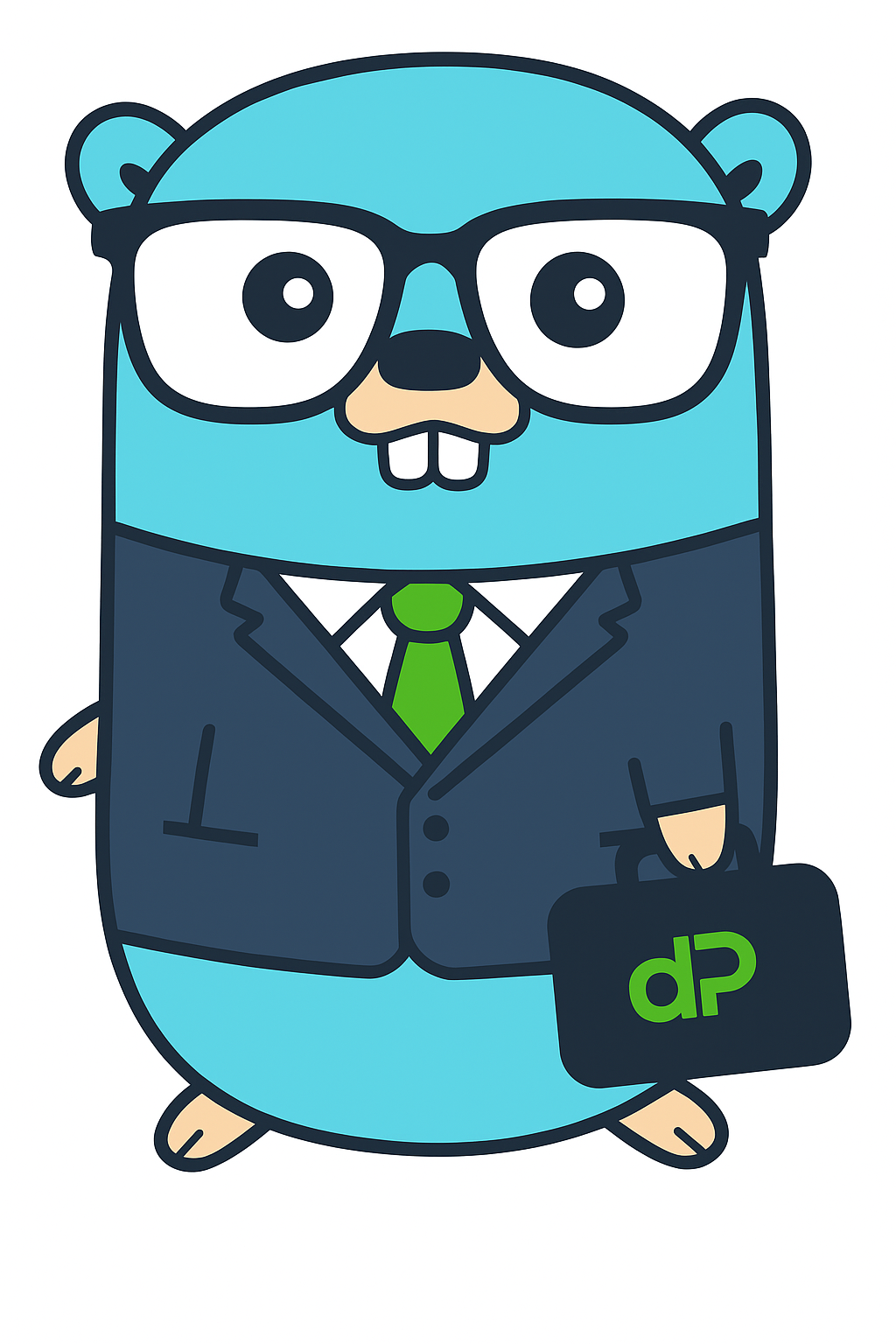From Code to Cardboard: The Unexpected Journey of Launching a Developer Brand
# From Code to Cardboard: The Unexpected Journey of Launching a Developer Brand
As developers, we live in the digital world. Our work is in the code, the architecture, the databases. But to make a career out of it, especially as a freelancer, you have to bridge the gap between the digital and the real. My personal website, danpages, was running perfectly on a professionally architected Go backend, but it lacked a key component: an identity.
It was time to take it from a running application to a real, tangible brand. This is the story of that process.
Step 1: Defining the Visual Identity
A brand needs more than just a name. It needs a look, a feel. I wanted something that was clean, professional, and subtly hinted at my focus as a backend Go developer. Working with some AI-powered design tools, I focused on three key assets:
( )
- The Main Logo (
dan</pages>): This was the "aha!" moment. It's simple, typographic, and speaks directly to what I do. It's a name, a file extension, and a closing tag all in one. The charcoal and green color palette felt modern, professional, and energetic.
( )
- The Favicon (
dP): For small spaces like browser tabs and social media avatars, the full name wouldn't work. This stylizeddPmonogram, cleverly incorporating a curly brace{to hint at code, was the perfect solution. It's abstract, clean, and unique.
( )
- The Mascot: The Go Gopher is an iconic symbol. Giving him a sharp charcoal suit, a green tie, and glasses transformed him from a generic language mascot into the "Backend Architect" persona for my brand. The
dPlogo on his briefcase tied the whole identity together.
Step 2: Making It Real (Code to Cardboard)
A brand isn't real until you can hold it. The next step was to invest in professional, real-world materials that I could give to potential clients at meetups, conferences, or even just a chance encounter.
This meant creating business cards and some fun, memorable promotional items.
(Insert a high-quality photo of your new business cards, pens, bottle openers, etc.)
A quick photo of my new business cards and some of the promotional swag. Having a physical representation of my brand makes a huge difference.
Suddenly, danpages wasn't just a website; it was a physical mark of professionalism. It showed a level of commitment and seriousness that I believe is essential for a freelance career.
Step 3: The Happy Accident (The Beermat Story)
Of course, no project is without its unexpected twists. In my quest for branding perfection, I ordered a batch of custom beermats. When they arrived, my heart sank for a moment as I saw a glaring typo.
(Insert a picture of the misspelled beermat here)
The now-legendary "Original Typo" beermat.
My first thought was disappointment. My second thought was opportunity.
Mistakes happen. How you handle them is what defines you as a professional. Instead of throwing them away, I decided to lean into the story. A perfect, polished brand is one thing, but a brand with a unique, funny story is memorable.
Step 4: Bridging Worlds, Again
This happy accident gave me a fantastic idea. I decided to turn this real-world mistake into a piece of digital lore for my other big project, the game Operation Corporation.
I'm now in the process of creating a new "Limited Edition" rare item in the game's marketplace: the "Original Typo Beer Mat." It will have a quirky item description explaining its origin, forever immortalizing a simple printing error into a fun piece of the game's history.
This small act of turning a mistake into a feature ended up being a powerful lesson. It's about more than just code; it's about creativity, community engagement, and not taking yourself too seriously. It’s about building a story.
Conclusion
Building a personal brand has been as challenging and rewarding as building the Go application that powers it. It forced me to think like a designer, a marketer, and a storyteller. And in the end, it taught me that sometimes, the most memorable parts of any project aren't the parts that went perfectly to plan, but the ones that didn't.
Now, if you'll excuse me, I have a new "legendary" item to code.

0 Comments
Be the first to leave a comment!
Leave a Comment